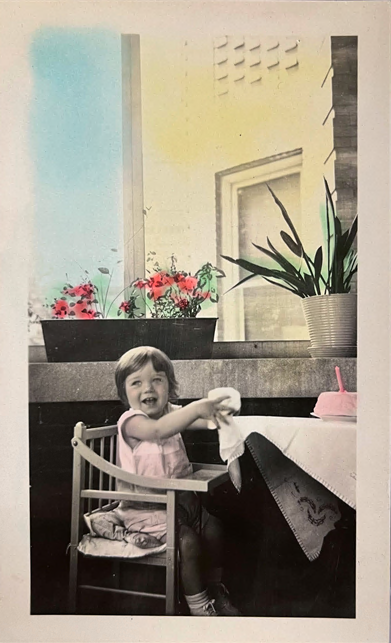
Hand-Colored Photographs
Hand-Colored Photographs
March 23–September 22, 2024, James M. Cox Gallery, Gallery 118
When photography was officially invented in 1839, it consisted of black-and-white photographs, but photographers began to add hand-coloring almost immediately. They did this for a variety of reasons, although it was often to make their subjects “more lifelike.” Some people wanted to make photographs appear more like paintings, in part so they may be accepted as fine art—although this wouldn’t happen broadly until the mid-twentieth century. As opposed to more expensive oil paintings, photographs became a much easier way for many Americans to own visual art or family portraits. The prevalence of hand-colored photography declined with the advent of widely available and reliable color photography around the 1960s.
As unique objects that combine the skill sets of photographers and painters, hand-colored photographs incorporate many photographic subjects, formats and sizes. This exhibition features portrait, landscape, still life and advertising photographs across a variety of processes, including tintypes, salt prints, platinum prints and gelatin silver prints. Hand colorists (typically uncredited women) ranged from professionals in a studio setting to amateurs at home, using colored pigments, dyes, oils, pencils, pastels and watercolors.
